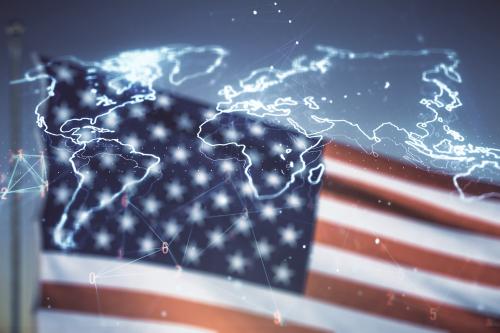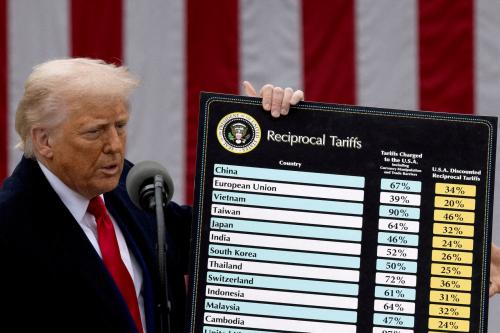President Obama may have a better grasp of how to manage complicated dynamics in Asia than any of the main candidates for president—and also most members of Congress. So, the president’s main task in his final State of the Union address on Tuesday is to make the case for Congress to support him over the next year and for his successor to continue his effective policy framework beyond that.
The Asia-Pacific region is a promising but dangerous one. The pillars of Obama’s Asia policy are, in effect:
- A (hardly dramatic) military “rebalance” to the broader Asia-Pacific region that, among other things, will increase the share of the Navy based or deployed there from 50 percent (the historic average) to 60 percent of the total U.S. fleet by 2020;
- The Trans-Pacific Partnership (TPP) trade agreement that will include most of the region’s key economies besides China, assuming that Congress (and other nations’ legislatures) ratifies the accord;
- Building on the accomplishments of President Bill Clinton and President H.W. Bush in improving the U.S.-India relationship across economic, security, and diplomatic spheres; and
- A policy of engagement with China that promotes cooperation on issues like energy, climate, and broader economic policy, while also pushing back against China on issues like cybersecurity and the military’s activities in the South China Sea.
These measures, plus a few more, amount to a textured and nuanced strategy that suits the region well. Most of all, the Obama administration has sought to work with China, while at the same time forging relationships with other states that can shape and constrain (but not militarily contain) it. Moreover, Obama has personally devoted considerable time and attention to the region—he has visited frequently and spent a good deal of time not only with President Xi of China but with allied leaders as well.
To be sure, there are problems with Obama’s policies. Secretary of State John Kerry, in his understandable preoccupations with the broader Middle East and also Russia and Europe, has not given the region the emphasis it deserves. He has neither pivoted nor rebalanced.
North Korea’s latest nuclear shenanigans underscore the challenges in regard to the Hermit Kingdom, for which Obama has not fashioned a particularly successful policy even if he has wisely avoided getting into protracted spats with the Kim Jong-un regime. Japan under Prime Minister Shinzo Abe is not becoming the militarized state that many of its neighbors allege or fear, but Abe has not yet managed to reassure his neighbors of that; today, Japan-China and Japan-Korea relations are still fairly poor. And the pace of China’s rise means that new challenges are inevitable, as Beijing looks to flex its growing muscles in new and unpredictable ways.
Beyond the military challenges, there is also the need to push back against China’s abuses of intellectual property and other economic policies that, while helping the American consumer with lower prices at Wal-Mart, have also contributed somewhat to the erosion of the American manufacturing base.
All that said, we are on the right track with the rebalance, TPP, and strong presidential leadership in regard to the Asia region. Obama has created a solid legacy and, beyond the ratification of TPP, the most important thing is that his successor sustain its essence.
The Brookings Institution is committed to quality, independence, and impact.
We are supported by a diverse array of funders. In line with our values and policies, each Brookings publication represents the sole views of its author(s).




Commentary
What Obama gets right about America’s Asia policy
January 8, 2016